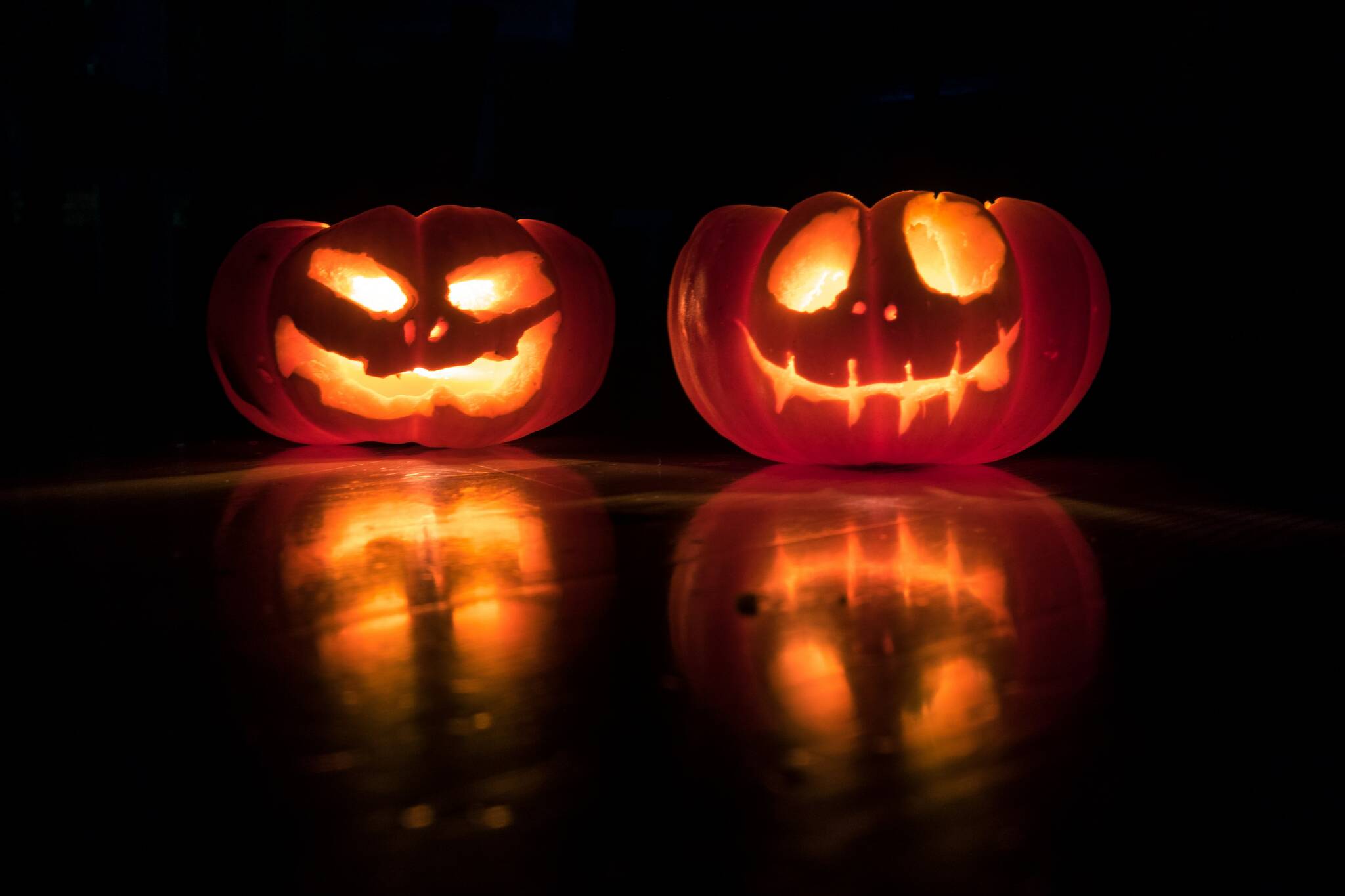Halloween is the fall holiday that sneaks up on you.
You blink and summer is over. You blink again and it’s time to dress up as an alter ego and go on the hunt for sweets.
As with many celebrations, Halloween is steeped in traditions, most of which can be traced back far beyond present time. Since Halloween is believed to have originated from Celtic pagan, ancient Roman and early Christian events, its traditions are varied and evolved.
Historians trace many traditions of Halloween to a Celtic holiday known as Samhain (pronounced sow-in). The Celts lived 2,000 years ago in parts of what is now Northern France, Great Britain and Ireland.
During Samhain, people believed that the door between the worlds of the living and the dead was blurred. On Samhain, Celts believed the ghosts of the dead returned. Druids also made predictions about the future at this time of year. It was customary to build large, sacred bonfires and burn crops and other sacrifices to the Celtic deities.
Christianity spread throughout Celtic regions and blended with other rituals. All Saints Day on Nov. 1 commemorates the venerable saints, and All Souls Day on Nov. 2 celebrates loved ones who went on to eternal rest.
All-Hallows Eve (Halloween) was a time to pay homage to the dead. Poor children would go door to door in affluent neighborhoods offering to say prayers for residents’ deceased loved ones in exchange for food or money. This was known as “souling,” which became the basis for trick-or-treating. Later the practice was called “guising” in areas of Scotland, where children would wear costumes while knocking on doors.
During the Middle Ages, women who practiced divination were dubbed “witches,” from the Anglo-Saxon word “wicce” or “wise one.” It was believed the witches could go into a trancelike state in front of their fireplaces. Superstitious people believed the witches could fly out of their chimneys on broomsticks.
The custom of removing the insides of pumpkins and carving them into faces began with turnips, which were the material of choice in ancient Ireland. This was replaced by pumpkins when immigrants came to America. The “lanterns” were made with scary faces and lit to frighten away spirits.
In the San Juans, our traditions include community dances, trick-or-treating for library books, haunted houses and little ones parading through their town and neighborhood in search of candy and merriment. Happy Halloween to one and all.




